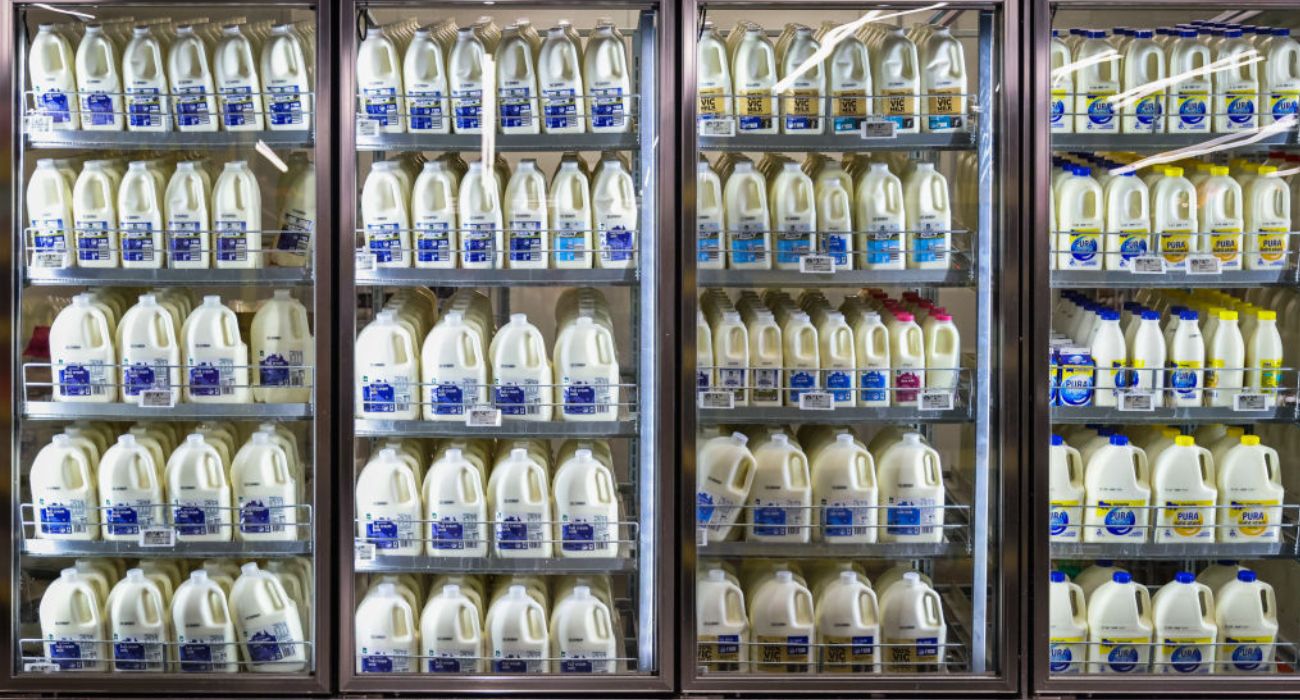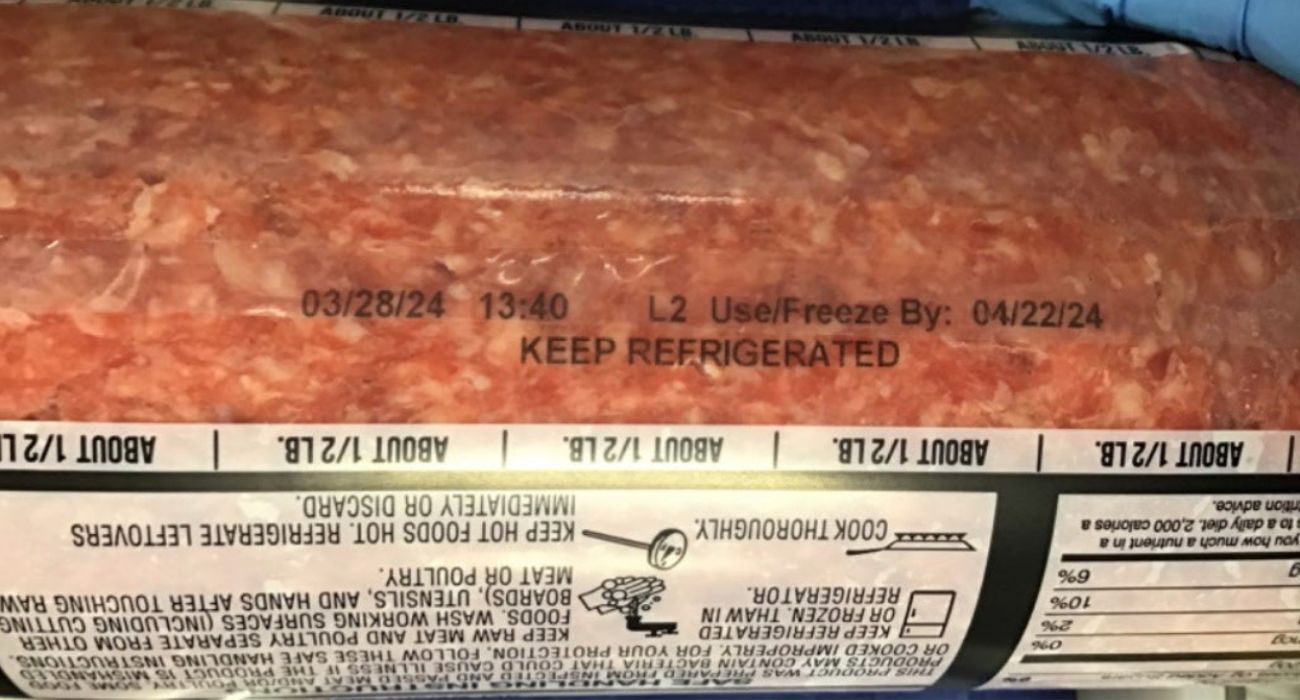A consortium of scientists has successfully completed the world’s first transfer of a rhino embryo, created through in vitro fertilization, into a surrogate rhino. Scientists hope this breakthrough will lead to the preservation of the northern white rhino, which is all but extinct.
Currently, the only northern white rhinos (NWR) in existence are two females named Najin and Fatu, who both reside in Kenya’s Ol Pejeta Conservancy under 24-hour armed protection, according to the BBC. When the last male NWR died in 2018, scientists harvested its sperm in hopes of one day achieving an in vitro pregnancy. In 2019, researchers harvested egg cells from the two remaining female NWRs.
Last year, scientists at BioRescue, an organization that develops advanced reproduction technologies for endangered mammals, were able to transfer southern white rhino (SWR) embryos into a SWR surrogate, proving that IVF was a viable concept for propagating rhinos. However, two months into the 16-month pregnancy, the rhino surrogate and the fetus died due to an unrelated bacterial infection caused by flooding in their enclosure.
Although the pregnancy did not result in a live birth, it was a key step in saving the SWR’s “cousin,” the NWR.
“This little baby is the proof of everything,” Thomas Hildebrandt, the leader of the BioRescue consortium, told The Guardian. “The sperm injection, the fertilization, the liquid nitrogen, the thawing –- this was never done before for rhinos. All of it could have failed.”
In its efforts to save the NWR, BioRescue has partnered with the Dallas-based “de-extinction” company Colossal Biosciences, a firm that has dedicated the majority of its technology and scientific endeavors to preserving and even bringing back from extinction entire species of animals, such as the dodo bird and Tasmanian tiger. The company announced earlier last year that its labs had begun work to bring back the woolly mammoth, with its labs in Deep Ellum creating artificial wombs where woolly mammoth embryos will be incubated, as previously reported by The Dallas Express.
Hildebrandt had initially been hesitant to work with Colossal using methods like those used for the woolly mammoth. However, he noted that these measures may be necessary to save the species.
Although the long-term effects of a nearly-extinct “keystone species” such as the NWR are not fully known, scientists predict that the loss of the species would “at least cause a significant disturbance or even destruction to elements of the complex ecosystem.” Therefore, BioRescue partnered with Colossal to begin the controversial approach of saving the species through advanced cellular techniques and IVF.
“We want to save a keystone species, which played a very crucial role in a complex ecosystem in Central Africa,” said Hildebrandt in a news release from Colossal. “We still have time to bring the rhinos back, and we strongly hope to achieve the first reintroduction of the northern white rhino in 10 to 20 years.”
Later this summer, BioRescue scientists plan to implant a northern white rhino embryo, created through IVF from the collected NWR sperm and eggs, into a SWR female surrogate, which they hope will lead to the live birth of a northern white rhino.






